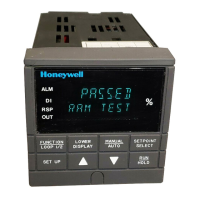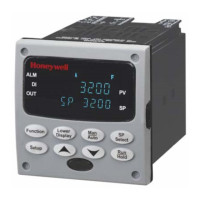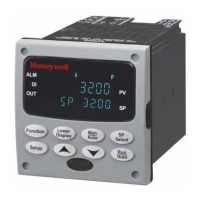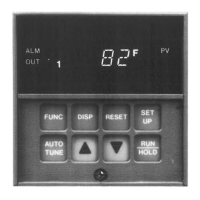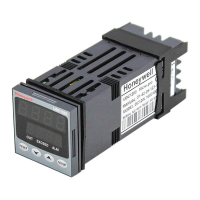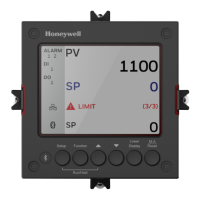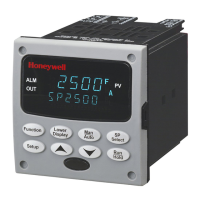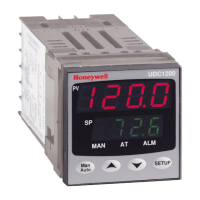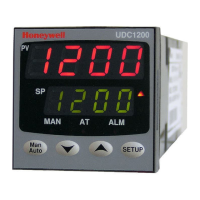Troubleshooting/Service
3/07 UDC3500 Universal Digital Controller Product Manual 327
7.7.8 Procedure #8 – Analog Input
Table 7-12 explains how to troubleshoot an Analog Input failure
Table 7-12 Troubleshooting an Analog Input Failure
Step What to do How to do it
1
Check Input Configuration. Check if the input configurations are correctly
set for the kind of sensor attached to the input
terminals. See Section
3.15 (Input 1) through
Section 3.19 (Input 5).
2
Check input wiring and external
resistor assemblies.
See the Input Wiring Diagrams in Section 2.7
and confirm that the instrument is properly
connected to the sensor.
Thermocouple, Milliamp, 0 to 10 Volt and –1 to
1 Volt input types all require that external
resistor assemblies be connected to the input
terminals. These are provided with your
instrument based upon the Model Number
ordered. See the Input Wiring Diagrams in
Section
2.7 for installation information.
3
Check interconnection wiring
If the actual sensor does not come directly to
the controller but is instead connected via one
or more intermediate junction panels, which in
turn are connected to the controller, then
check the continuity of the sensor to the
controller. Check the tightness of the screws
or connectors at the junction panels.
4
Check Input Signals. Turn off power to the instrument (more than
one switch may be necessary). Using a
multimeter, measure the actual signal present
at the rear terminals to ensure that it is within
the allowed input range as shown in Section
5.2.
5
Change the Input Type in order
to restore Factory Calibration.
See Section 5.6.
6
Replace Input Board.
Installation instructions provided with new
board.
7
Replace Controller.

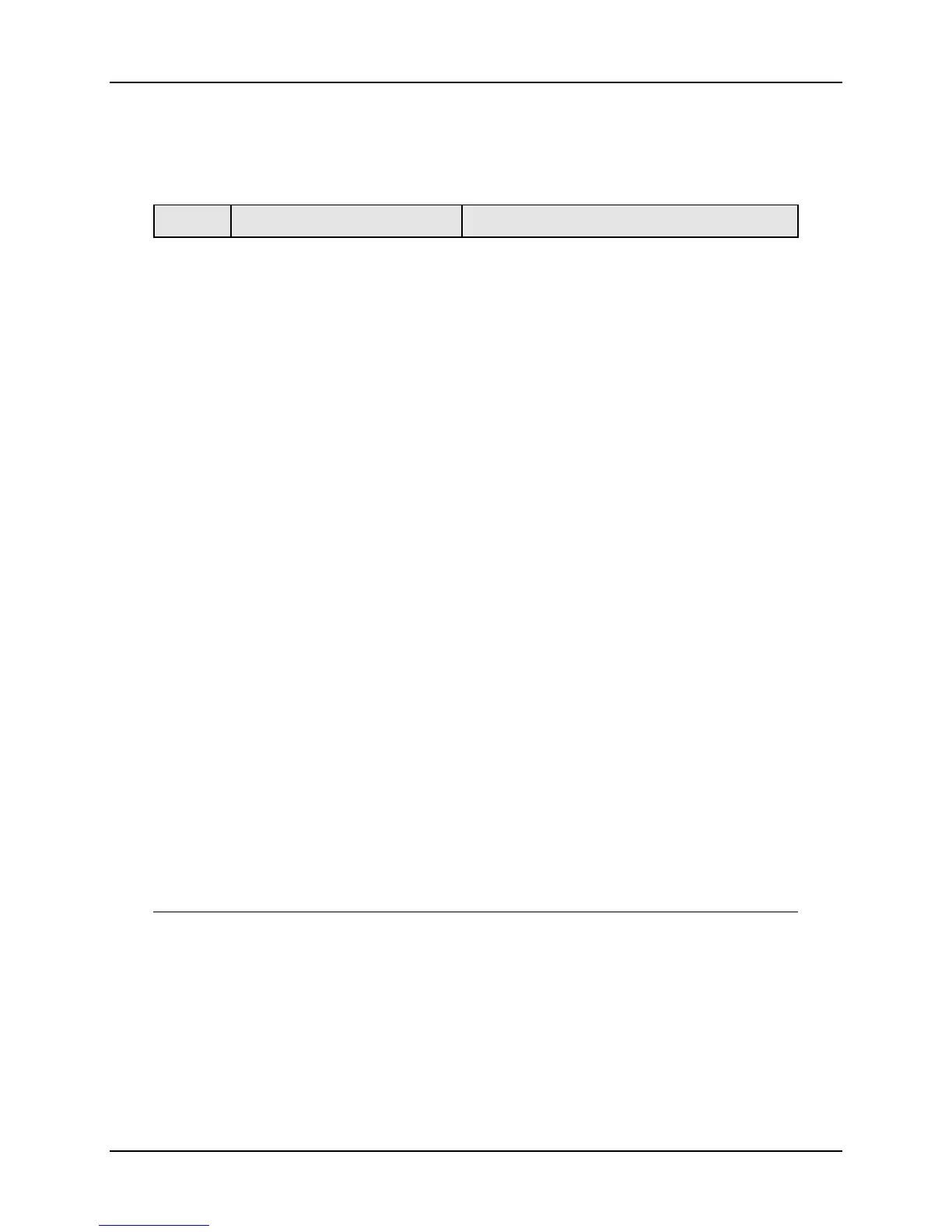